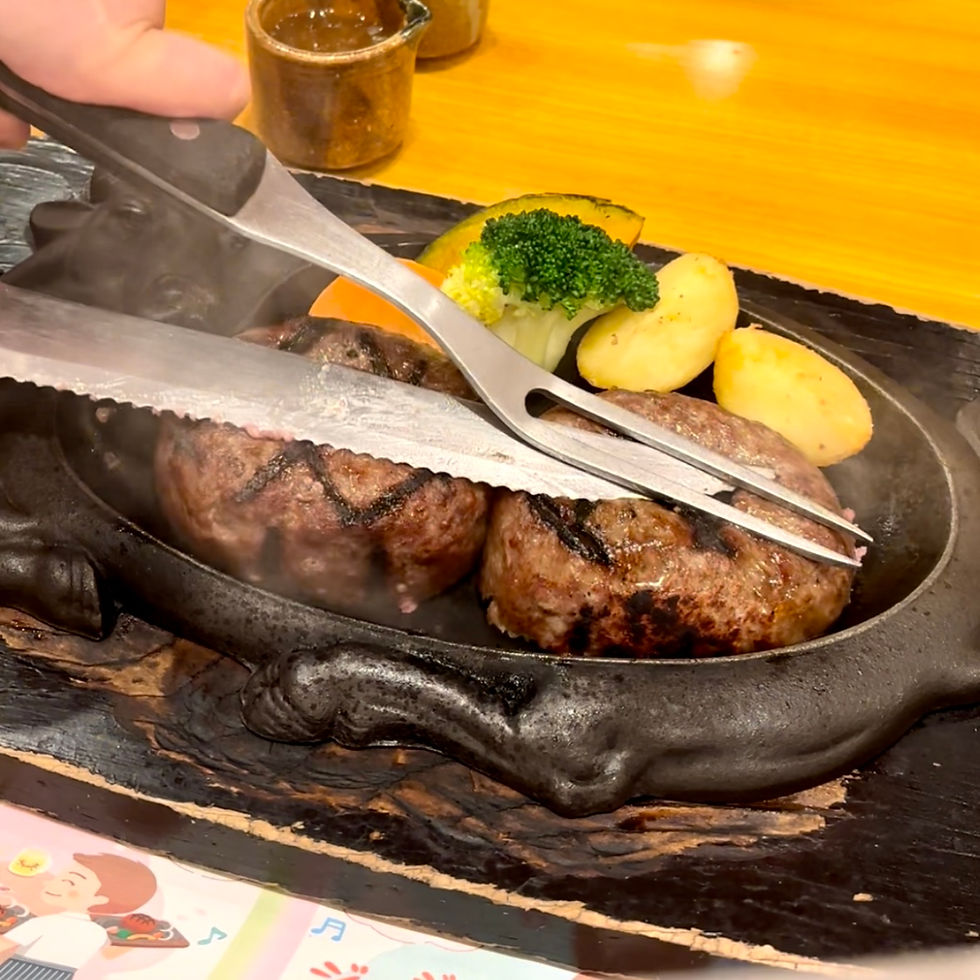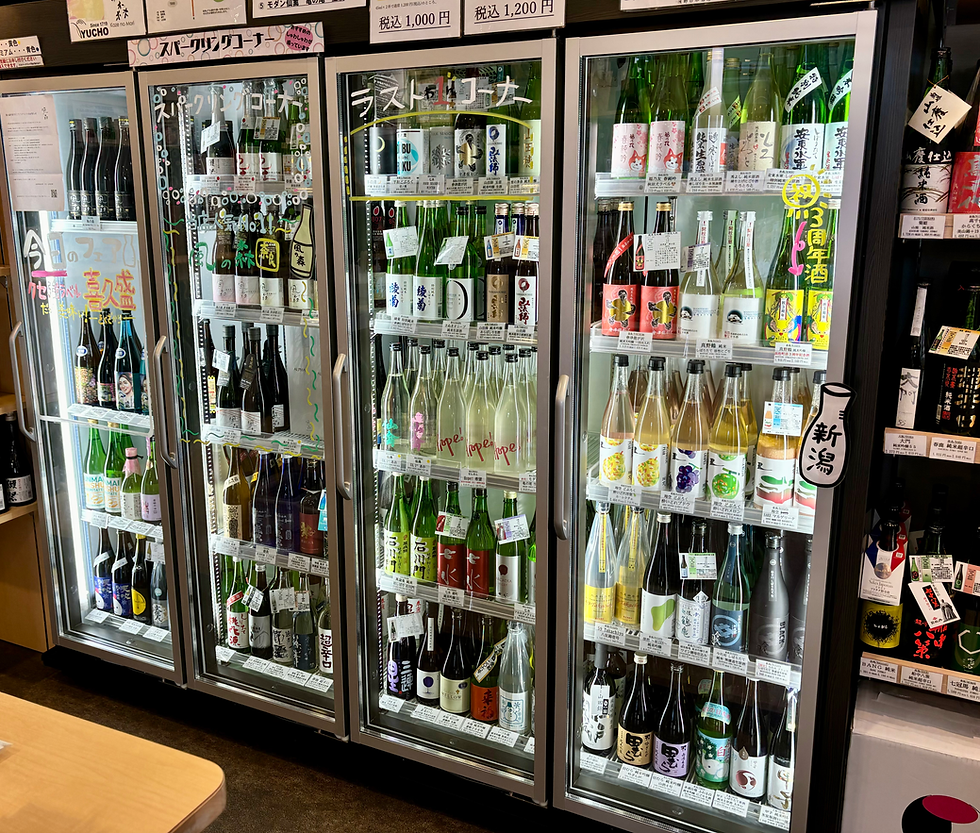Comfort dishes for Townies : TONKATSU KAWAZEN & KITCHEN ALEX @ Sangenjaya
- larryhira

- Jan 20, 2022
- 3 min read
Updated: Feb 25, 2023

When you hop on to the TOKYU Line from SANGENJAYA station, it goes under Route 246 through Shibuya Terminal, then connects Tokyo Metro with the ultra-hip Aoyama area. This town, the gateway to Setagaya residential districts, is also conveniently located for trendy Tokyo areas, so it attracts plenty of youngsters.
Shops and restaurants which opened their first store in Shibuya, looking to stay cutting-edge, often select their second location in Sangenjaya. Whenever I walk around the area, I'm excited to find newly opened restaurants along narrow streets.
This time, however, I set out to find ordinary restaurants favoured by local residents.

TONKATSU KAWAZEN, serving pork cutlets, is ideally located
on the second floor of a butcher's. Pork meat is cut from a fresh block at the butcher's and is carried straight upstairs ready to deep fry.
The narrow stairway is always full with the queue of guests, looking at a menu and contemplating which cut of meat to order. At the end of the queue, they're faced with a large window glass, through which they can peek in to a kitchen where chefs are frying meat speedily and skillfully.
In a small hall, tables are set tight in order to accommodate as many guests as possible. Friends, families and couples dodge each other and sneak into their tables. Limited space makes them feel more at home, everyone is smiling to be back.
Tonkatsu pork cutlets have two main types, 'ROSU' Loin cuts or 'HIRE' Tenderloin cuts. ROSU cuts have more fat and juice, whereas HIRE cuts are more meaty and lean. It's totally up to you which to choose, so I went for ROSU cuts.
ROSU cuts served to my table were amazingly thick. At the same time, they were so crunchy and tasty that I had no trouble clearing the dish. Looking around, all guests, including young ladies and elderly people, had no hesitation eating up thick and large cuts. This is surely a feasting place for Sangenjaya residents.

Just one minute from the station, there's another queue along Route 246 Main street. I joined the queue to enter the counter-only yo-shoku restaurant KITCHEN ALEX. It calls itself "The Yo-shoku (Western style) Restaurant for This Town" and it is obviously cherished by the local residents.
It was just before opening when I arrived. When the door opened, eleven seats over the counter were quickly taken, still another set of eleven already waiting outside. As soon as the guests took the seats, they started to order without even browsing the menu. When it was my turn, I took a pause and quickly checked the menu, then ordered "Hamburger steak and crab cream croquette."
The dish was the house's No.1 recommendation and it deserved it. The handmade hamburger steak was large and meaty, crab croquette was a perfect combination of crunchy coating and rich filling. Good portion size to satisfy the appetite of hungry residents.

What delighted me most was the side dish. For some reason, yo-shoku dishes in Japan are traditionally accompanied by a portion of spaghetti, and that is my favourite. In this shop, the portion is large enough to be a main dish. Noodles are pan fried in tomato sauce after boiling, which add a more roasted and flavourful note. Exactly to my taste!
At both restaurants, dishes are served as a "set meal", that means they come with rice & miso soup. Regardless of the cooking style, Western Yo-shoku or Japanese Washoku, this is a Japanese tradition to serve main dishes with rice & miso soup. Whether it's Tonkatsu soy sauce or Hamburger demi-glace sauce, it definitely goes with steamed rice, and slurping warm miso soup always comforts you.




Comments